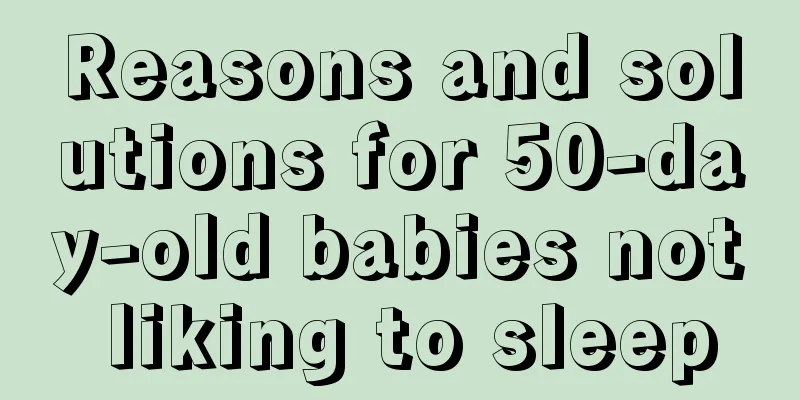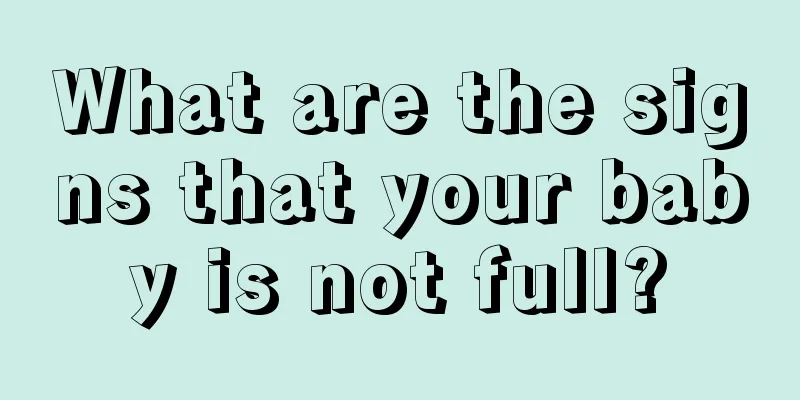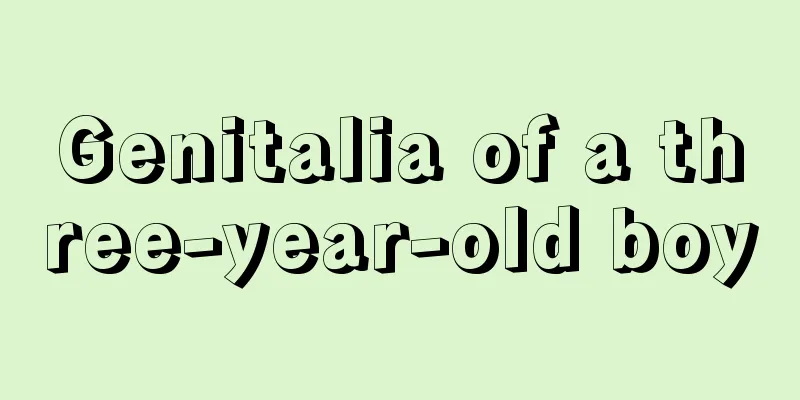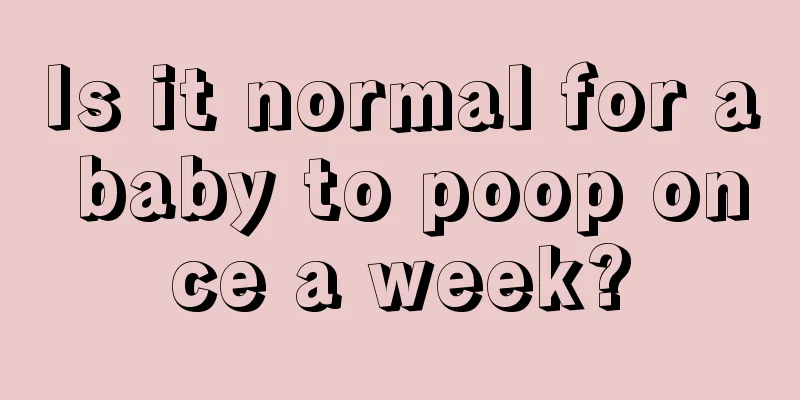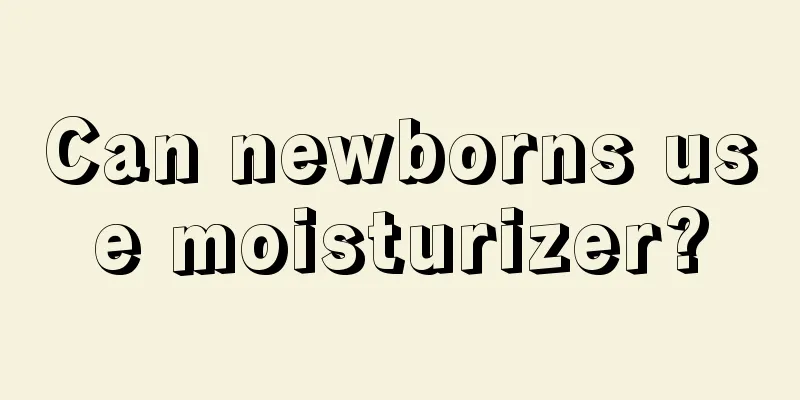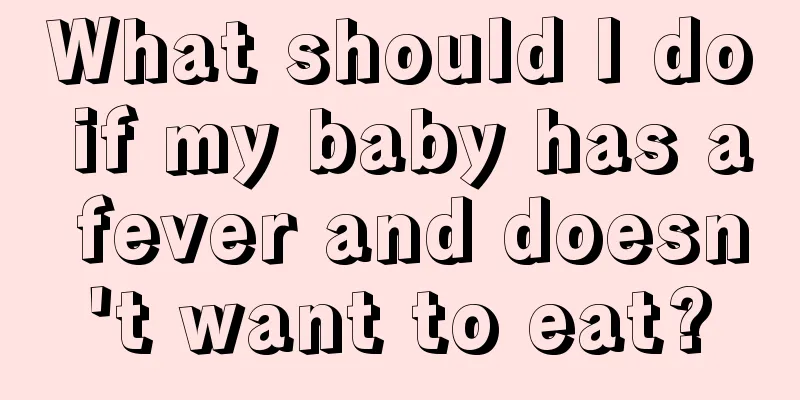Presentation of viral myocarditis in children

|
Viral myocarditis in children is a very disturbing disease. Especially it occurs in children and in the heart area. It sounds very scary. The symptoms vary depending on the severity of the disease. Viral myocarditis is an inflammation of the myocardium caused by a virus invading the heart. The severity of myocarditis varies greatly, and the clinical manifestations are extremely inconsistent. Mild myocarditis has a small lesion range and few symptoms. The child may not feel any discomfort, or it may be discovered only during an electrocardiogram. They may experience loss of appetite, fatigue, reluctance to move, and irritability; older children will complain of chest tightness and palpitations. Severe myocarditis may cause cardiogenic shock and acute congestive heart failure. When cardiogenic shock occurs, symptoms may include irritability, pale complexion, purple fingers and toes, cold, damp, sweaty skin, weak pulse and low blood pressure. In acute congestive heart failure, coughing, hemoptysis, wheezing, blue complexion and lips are common. Older children may complain of dizziness and palpitations, and examination may reveal accelerated or weakened heart rate. The liver may be enlarged due to congestion, and the lower limbs may be swollen. The symptoms of viral myocarditis vary greatly in severity, and there are roughly three manifestations, each with different effects on children. 1. Premature beats. It is one of the manifestations of viral myocarditis. Most children do not have any discomfort and the condition is confirmed by an electrocardiogram. If the child is in good condition, the heart is not enlarged, and the heart function is normal, it is currently believed that no drug treatment is needed and the premature beats will gradually decrease and disappear. 2. Conduction block. This is because the virus damages the heart's conduction system, causing the excitation waves that start the heart to beat to be transmitted poorly or not at all to different parts of the heart. In mild cases, there may be no symptoms and the disease is only discovered during an electrocardiogram. In severe cases, the heartbeat rhythm becomes slower or irregular. If the heart beats less than 40 times per minute, the child will suffer from cerebral ischemia, causing whole body convulsions or even sudden cardiac arrest. This type of severe myocarditis requires emergency treatment in the hospital. 3. Heart failure. This is a sign of severe myocarditis. The child's heart is enlarged and the myocardial contractility is greatly reduced, so that the heart cannot effectively promote blood circulation, and the oxygen supply to tissues throughout the body is far from meeting normal needs. At this time, the child experiences shortness of breath, pale complexion, rapid heartbeat, weak pulse, and an enlarged liver and cannot lie flat. If not sent to hospital for treatment in time, it will be life-threatening. Through understanding, we know the mild, moderate and severe manifestations and symptoms of childhood myocarditis, so we can make a judgment on children with myocarditis based on the situation, and then treat them accordingly. |
<<: What to do if a child is mycoplasma positive
>>: What is the best way to treat cerebral palsy?
Recommend
Elevated neutrophil count in newborns
If the neutrophil count of a newborn is high, thi...
Three main symptoms of ADHD in children
ADHD in children often manifests itself in sympto...
Newborn baby convulsions in sleep
Generally, after a newborn baby falls asleep, par...
How to treat hand, foot and mouth disease blisters
Many people don’t know how to deal with blisters ...
Why do children sweat a lot?
Sweating is one of the ways of human metabolism a...
What to do if your child has toothache
If children do not pay much attention to oral hyg...
What should children eat if they are iron and calcium deficient?
In life, calcium and iron are essential trace ele...
Causes of nosebleeds in four-year-old babies
Nosebleed is something that many friends will enc...
Massage techniques for treating indigestion in children
Because they are greedy and some babies eat a lot...
What to do if your child has cervical pain
The popularity of mobile phones in recent years h...
Bifidobacterium for neonatal jaundice
Neonatal jaundice is relatively common and is mai...
Why are the skin on my child's fingers peeling?
Children are lively and active by nature. However...
What causes bleeding in the child's ears?
Infants and young children have delicate bodies a...
Is ventriculomegaly serious in premature infants?
Ventriculomegaly is a serious problem in prematur...
What are the tips for constipation in 2-year-old children?
The physical resistance of a 2-year-old baby is r...

